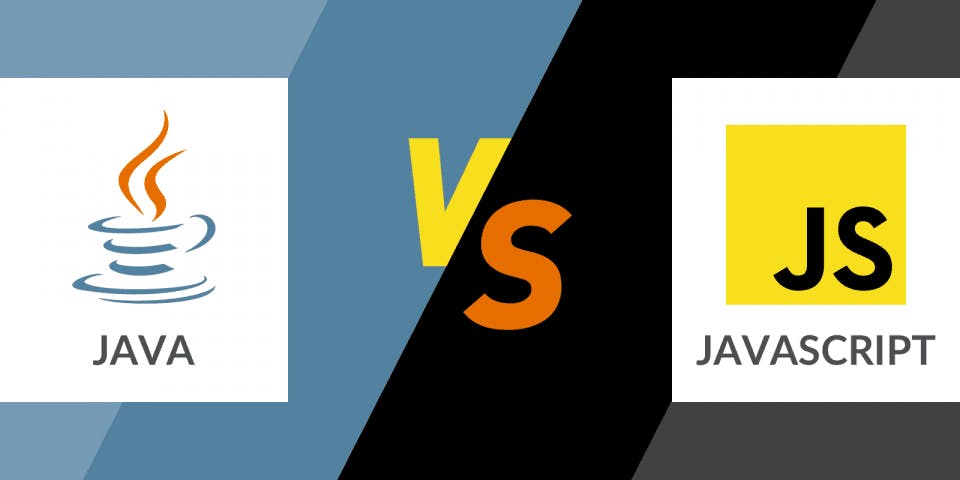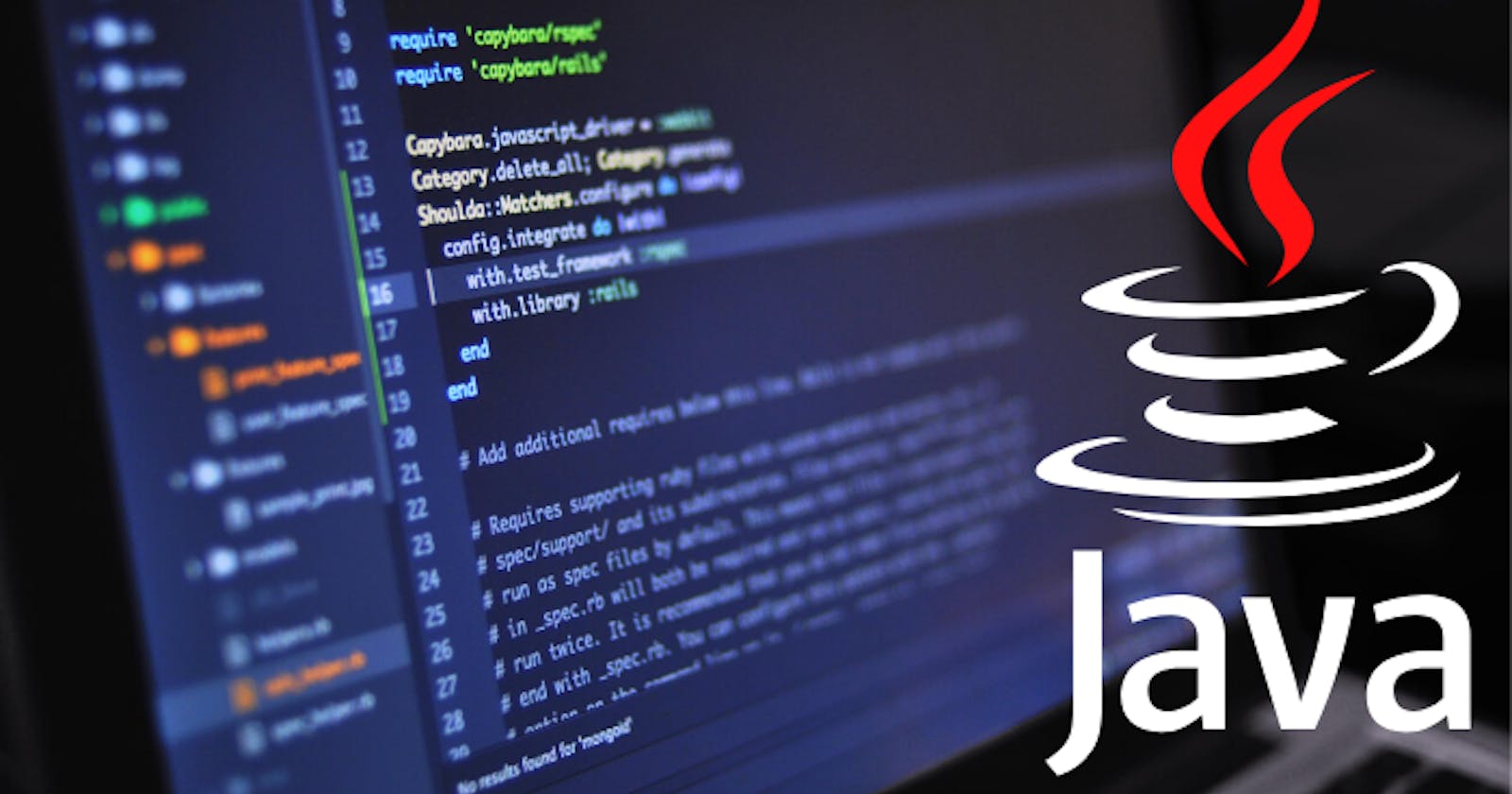Table of contents
Java is one of the most popular programming languages in the world. Originally developed by James Gosling , Java was released in 1995 as a core component of Sun Microsystems' Java platform. The language was initially designed to enable development of high-performance applications for the widest range of computing platforms.
Java is a general-purpose programming language that is designed to have as few implementation dependencies as possible. It provides its users the WORA functionality (Write Once, Run Anywhere), which allows them to run compiled Java code on all platforms that support Java without the need for recompilation.
Used by over 8 million developers worldwide, Java is mostly used as a server-side language for most back-end development projects, including those involving big data and Android development. It is also commonly used for desktop computing, mobile computing, games development, and numerical computing.

Syntax
Java was exclusively built as an object-oriented language. Due to this characteristic, all code in Java is written inside classes, and every data item is an object. However, due to performance reasons, primitive data type items like integers, floating-point numbers, boolean values, and characters are exceptions to this.
The syntax of Java is largely influenced by C++ and C programming languages.
Java reuses some popular aspects of C++ (such as the "printf" method); it also uses comments similar to C++. The Javadoc style of commenting allows the user to run the Javadoc executable to create documentation for the program. However, unlike C++, Java does not support operator overloading or multiple inheritance for classes. It also does not support the C/C++ style of pointer arithmetic.
Java bytecode
One of the initial objectives of Java is portability. This means, that programs written for the Java platform must run similarly on any combination of hardware and operating system with adequate run time support. This goal is achieved by compiling the Java language code to an intermediate representation called "Java bytecode".
Java bytecode instructions are analogous to machine code, but they are intended to be executed by a virtual machine written specifically for the host hardware.
The use of universal bytecode makes porting effective; However, the overhead of interpreting bytecode into machine instructions makes interpreted programs run slower than native executable codes.
Automatic memory management
Java uses an automatic garbage collector to manage memory in the object lifecycle. The programmer determines when objects are created, and the Java runtime is responsible for recovering the memory once objects are no longer in use. Once no references to an object remain, the unreachable memory becomes eligible to be freed automatically by the garbage collector.
Garbage collection may happen at any time. Ideally, it will occur when a program is idle. It is guaranteed to be triggered if there is insufficient free memory on the heap to allocate a new object; this can cause a program to stall momentarily.
The objective behind Java's automatic memory management functionality was to rid the programmers of the burden of having to perform manual memory management. However, having solved the memory management problem does not relieve the programmer of the burden of properly handling other kinds of resources, like network or database connections, file handles, etc., especially in the presence of exceptions.

Class libraries
The Java Class Library is a standard library developed to support application development in Java. It is controlled by Oracle in cooperation with others through the Java Community Process program. Companies or individuals participating in this process can influence the design and development of the APIs.
The Java Class Library contains libraries with a variety of features. For example, the core libraries include Networking, Reflection, Concurrency, Generics, Scripting/Compiler, Functional programming, XML Processing, Security, etc. The integration libraries, which allow the application writer to communicate with external systems, include The Java Database Connectivity (JDBC) API for database access, Java Naming and Directory Interface for lookup and discovery, RMI and CORBA for distributed application development and JMX for managing and monitoring applications. At last, User interface libraries include The Abstract Window Toolkit, The Swing libraries, JavaFX and APIs for audio capturing processing and playback.
Applications of Java Programming Language
The Java technology can be used to develop the following applications:
Mobile App Development
The Java programming language can be considered as the official language for mobile application development. Most of the android applications are built using Java. The most popular android app development IDE Android Studio also uses Java for developing android applications.
Web-based Applications
Java is also used for developing web-based applications because it provides vast support for web development through Servlet, JSP, and Struts. Due to this, Java is also known as a server-side programming language. LinkedIn, AliExpress, IRCTC, etc. are the popular websites that are written using Java programming language.
Game Development
Java is widely used by game development companies because it has the support of the most powerful open-source 3D engine. The engine provides unparalleled capacity when it comes to the context of the designing of 3D games. Popular games like Minecraft and Mission Impossible III were developed using Java.
Distributed Applications
The JINI (Java Intelligent Networking Infrastructure) provides the infrastructure to register and find distributed services based on its specification. It implements a mechanism that is known as JavaSpaces. It supports the distribution, persistence, and migration of objects in a network.

Big Data Technology
Java is the first choice language to be used for Big Data Technology. In big data, Java is widely used in ETL applications such as Apache Camel and Apache Kafka. It is used to extract and transform data, and load in big data environments. The tool Hadoop HDFS platform, which is used for processing and storing big data applications, is written in Java.
Desktop GUI Applications
GUI application can also be developed using Java as it provides AWT, JavaFX, and Swing for developing the GUI based desktop application. The tools contain pre-assembled components like list, menu, button, etc.
Cloud-Based Applications
A cloud application is an on-demand availability of IT resources via the internet. The cloud-based application provides the service at a low cost. Java provides the necessary environment to develop cloud-based applications. We can use Java to develop SaaS (Software as a Service), LaaS (Logging as a Service), and PaaS (Platform as a Service).
IoT Application
IoT is a technology that connects the devices with network and communicates with them. IoT is found in almost all the small devices such as health gears, smartphones, wearables, smart lighting, TVs, etc. A lot of programming languages can be used for developing IoT application ,but Java is the first choice language for the purpose because of its security, flexibility, and versatility.
Java vs JavaScript

Although there are multiple similarities between Java and JavaScript, including language name, syntax, and respective standard libraries, the two languages are distinct and differ greatly in design.
To begin with, Java is a compiling language and JavaScript is an interpreted scripting language. Also, these two languages run in a different manner . Java code is compiled into bytecode and run on Java Virtual Machine. In addition, Java develops applications that can also run on browsers. On the other hand, JavaScript is interpreted directly by a browser in the syntax in which the code has been written. Also, applications made using JavaScript can run on a browser only.
JavaScript is primary used for making web apps more interactive and creative. It also renders help in creating animations in HTML. However, Java applications are used in a number of places which include, Android applications, creation of the desktop applications and development of banking and financial apps.

